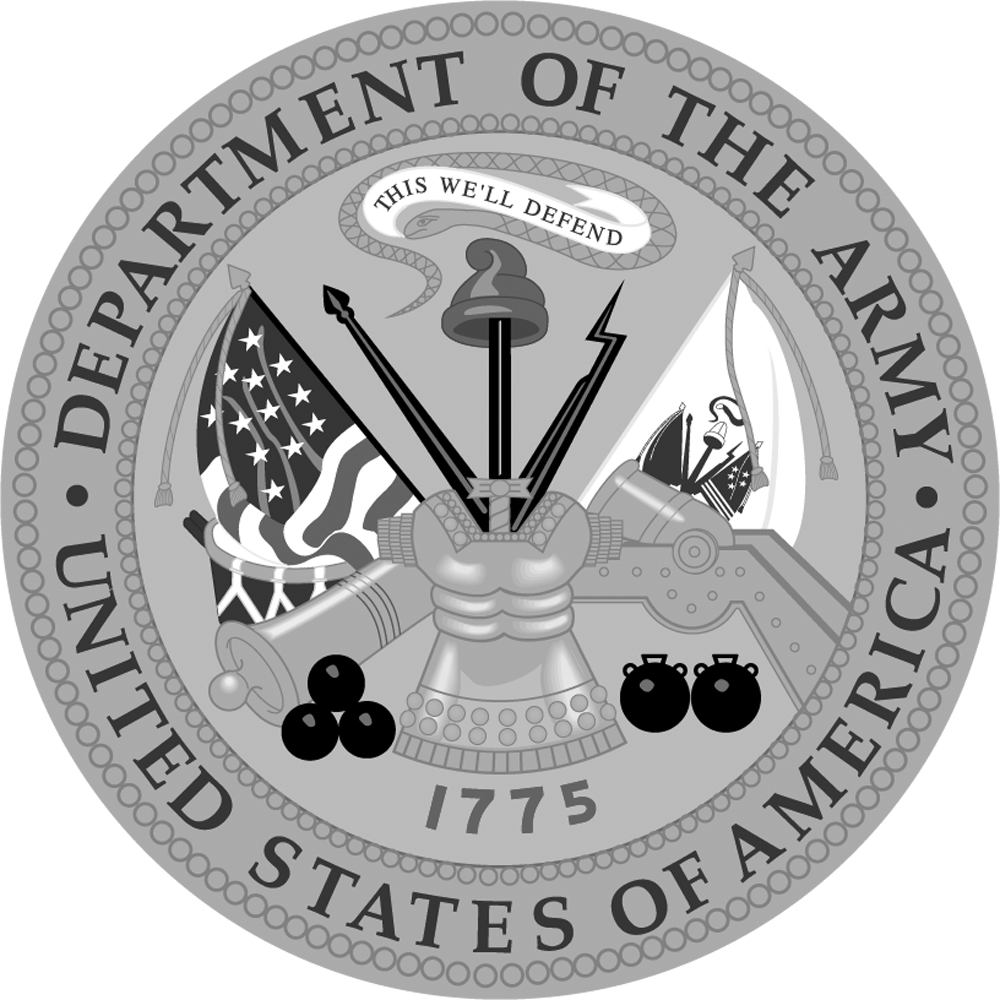Raytheon Technologies Corporation
Supplier Financial Health Report
Overview
June 2024
USA
Incorporated Country
185,000
Number of Employees
A+
Credit Rating
4.49
Altman Z-Score

Five-Year Financial Trend Analysis for Raytheon Technologies Corporation
CONSTANT
Credit Trend
74.18%
Total Balance Sheet Growth Rate
-29.38%
Total Debt Growth Rate
The annual revenue trend has shown a significant increase, rising from $34.7 billion in 2018 to $67.07 billion in 2022, marking a 93.29% change. This growth is impressive, indicating a strong financial capacity. The company's balance sheet has also shown an increase, rising from $91.21 billion in 2014 to $158.86 billion in 2022, marking a 74.18% change.
The company's cash trend has shown an increase, rising from $5.23 billion in 2014 to $6.22 billion in 2022, marking an 18.95% change. The total debt trend has shown a decrease, dropping from $45.19 billion in 2018 to $31.91 billion in 2022, marking a 29.38% change. The liabilities trend has also shown a decrease, dropping from $93.49 billion in 2018 to $84.65 billion in 2022, marking a 9.46% change.
The company's net income trend has shown a decrease, dropping from $5.72 billion in 2013 to $5.2 billion in 2022, marking a 9.16% change. However, the EBITDA trend has shown an increase, rising from $5.43 billion in 2018 to $11.41 billion in 2022, marking a 110.07% change. The net operating cash flow trend has shown an increase, rising from $6.98 billion in 2014 to $7.17 billion in 2022, marking a 2.71% change.
The company's capital expenditures trend has shown an increase, rising from $1.87 billion in 2018 to $2.78 billion in 2022, marking a 48.63% change. The free cash flow trend has shown an increase, rising from $346 million in 2018 to $4.39 billion in 2022, marking a 1,169.65% change.
The operating cash flow per share trend has shown an increase, rising from $2.86 in 2018 to $4.82 in 2022, marking a 68.93% change. The foreign revenue breakdown shows that the company generates a significant portion of its revenue from countries such as Germany, China, Japan, and the United Kingdom.
Overall, Raytheon Technologies Corporation's financial health is strong, with a robust revenue growth, stable balance sheet, and increasing cash flow. The company's credit rating and credit score are also indicative of its strong financial position. While the net income trend has shown a decrease, the EBITDA and free cash flow trends have shown significant increases, indicating a strong financial capacity.
Financial Health Risk Assessment for Raytheon Technologies Corporation
LOW
Credit Risk
LOW
Bankruptcy Risk
MEDIUM
Financial Health Risk
Despite this decrease, the company's EBITDA trend has shown an increase, rising from $5.43 billion in 2018 to $11.41 billion in 2022, marking a 110.07% change. The company's cash trend has also shown an increase, rising from $5.23 billion in 2014 to $6.22 billion in 2022, marking an 18.95% change. The total debt trend has shown a decrease, dropping from $45.19 billion in 2018 to $31.91 billion in 2022, marking a 29.38% change.
The company's financial health risk indicators show that its operational efficiency risk is extremely low, indicating that it is highly efficient in its operations. However, its solvency risk is high, indicating that it has a high debt-to-capitalization ratio and debt-to-equity ratio. The company's liquidity risk is also medium, indicating that it may have difficulty meeting its short-term debt obligations. The company's profitability risk is medium, indicating that its net profit margin and gross profit margin are not particularly high.
Overall, Raytheon Technologies Corporation's financial health is strong, with a robust revenue growth, stable balance sheet, and increasing cash flow. However, the company's debt levels and profitability are areas of concern. The company's financial health is somewhat dependent on its ability to manage its debt and maintain its operational efficiency.
List of UEIs for Raytheon Technologies Corporation
ABOUT SUPPLIER FINANCIAL HEALTH REPORTS
Ark provides definitive, consolidated analyses of every vendor, subcontractor, supplier, grant awardee, non-profit, and investment organization in the national security and defense sectors. Supplier financial health reports are AI-assisted analyses of the current health and stability of an organization, as well as the trends, trajectory, and risk indicators that partners and stakeholders need to know about.
Explore Additional Analyses
ABOUT ARK.AI
The Ark is the only software platform purpose-built for Defense Acquisition that leverages authoritative commercial data and AI-enabled Applications designed to solve Acquisition challenges. With the Ark, analysts and decision-makers gain the ability to manage Acquisition programs proactively, allowing them to unwind the legacy complexity and effectively field modern warfighting systems that compete with China.
The Leading Defense Acquisition Software.








OUR APPLICATIONS
AI-enabled Applications within The Ark reflect standard workflows across the Defense Acquisition Process. From Science & Technology to Modernization, these Applications allow for the execution of rapid, efficient, data-informed decisions, standardized reporting, and efficient workflow management. The Ark enables your team to transform Defense Acquisition into a strategic advantage.